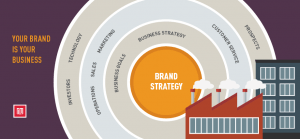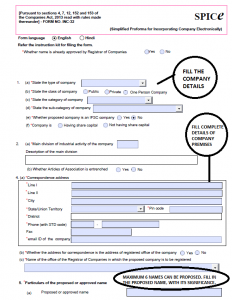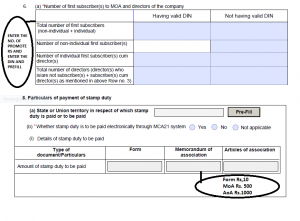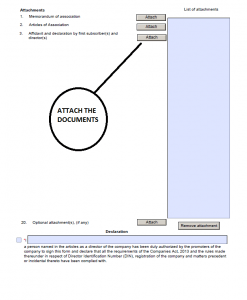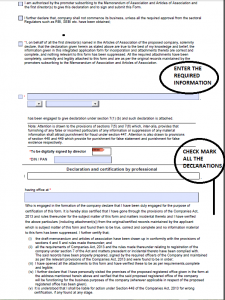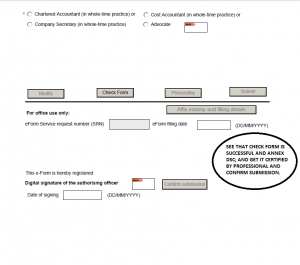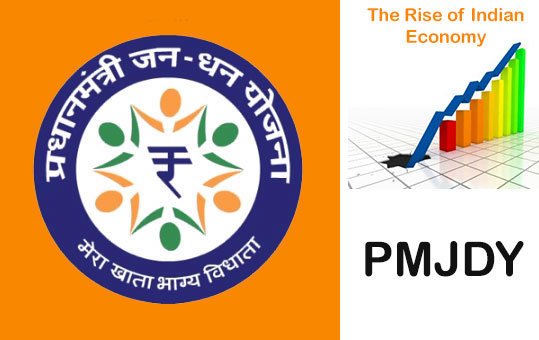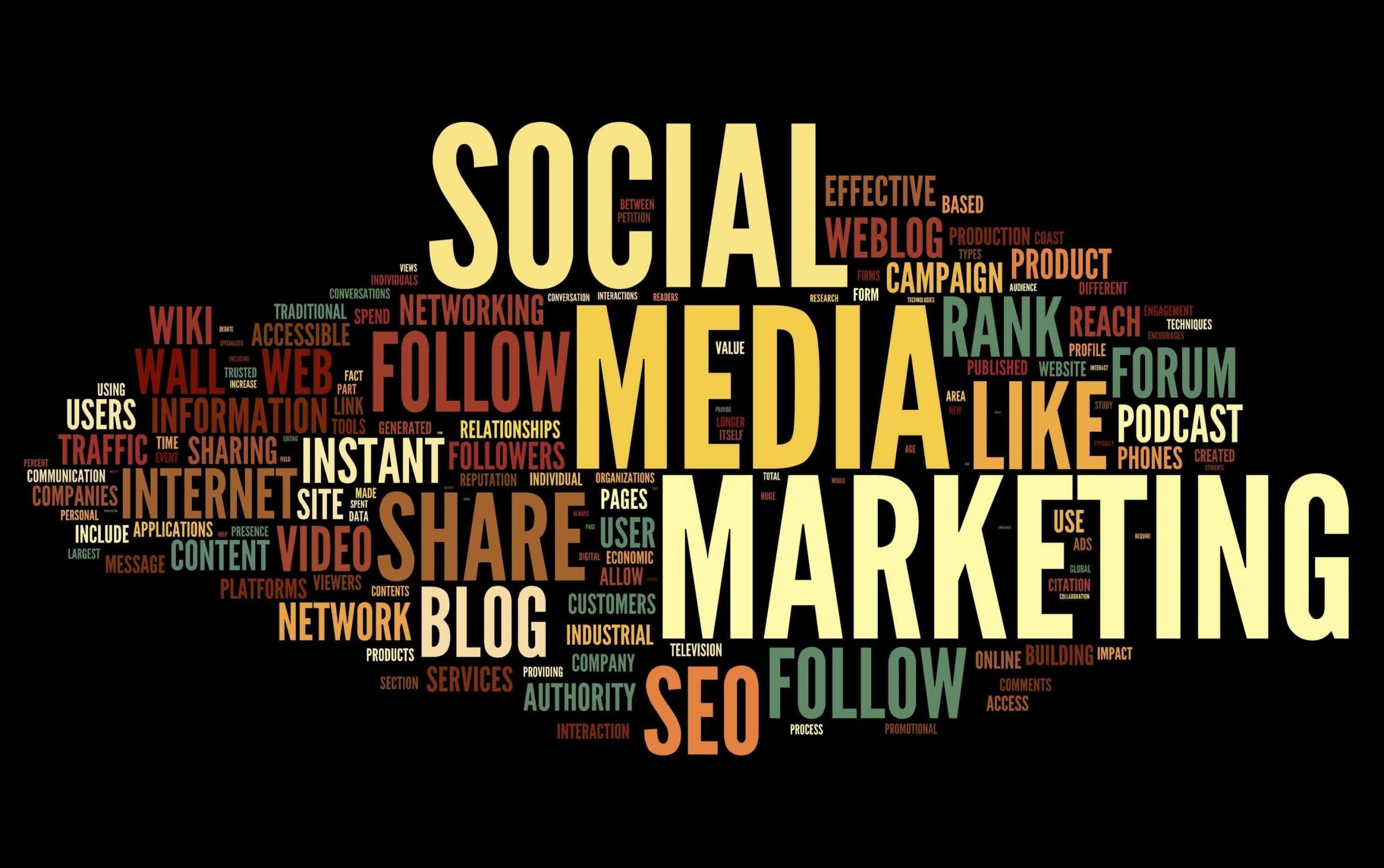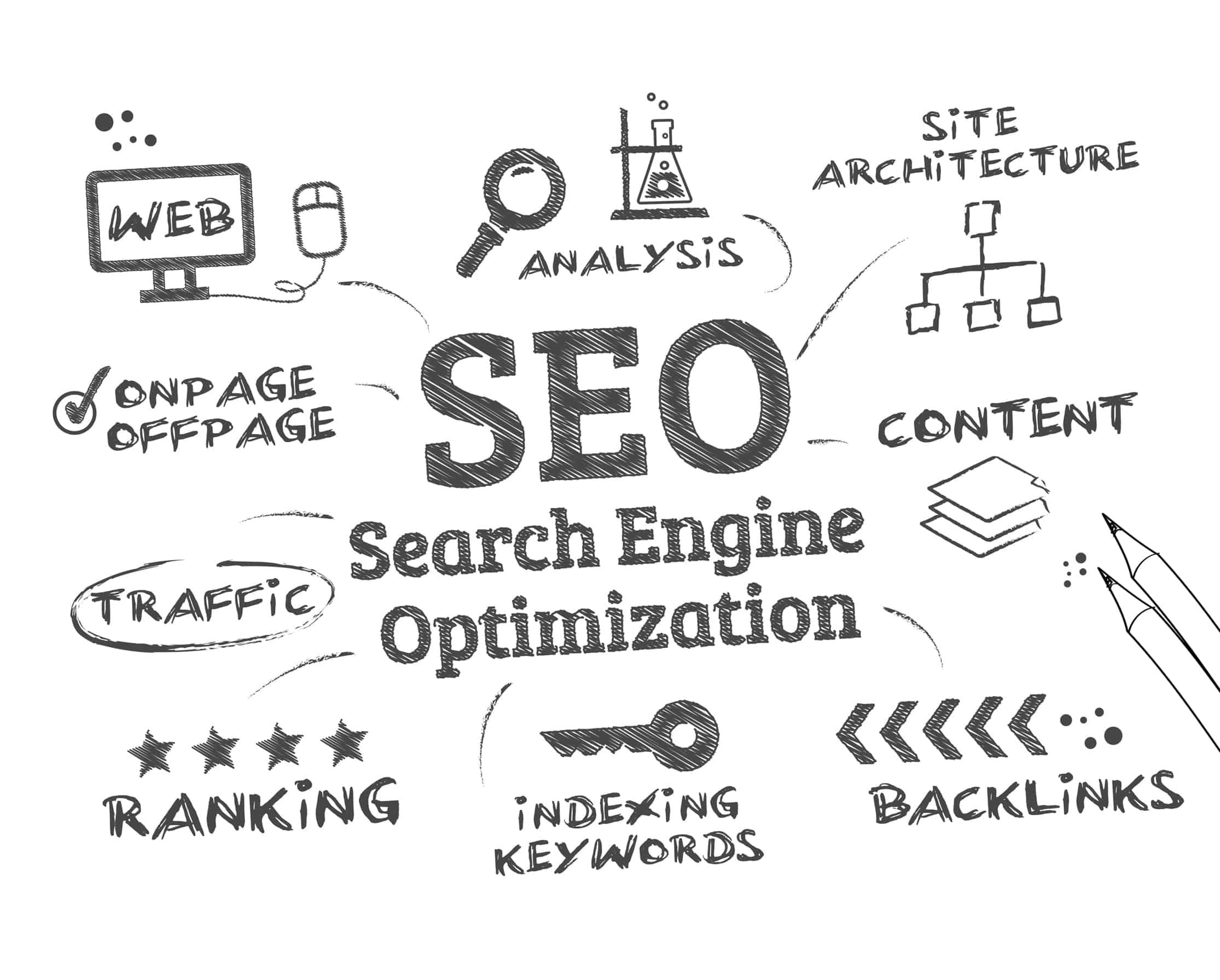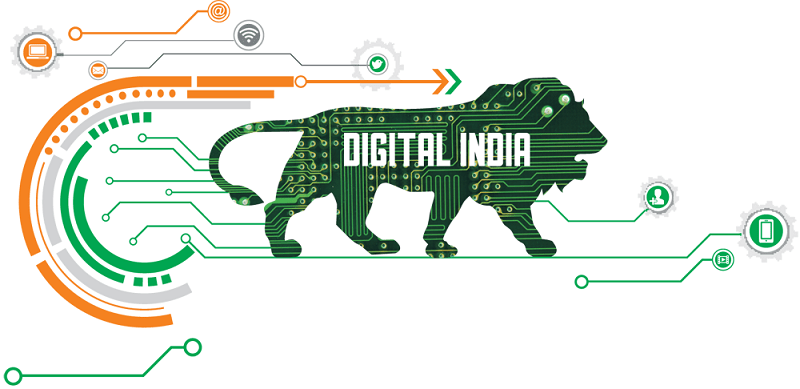Curate your content to generate potential lead
In Business, Marketing, Official Blog
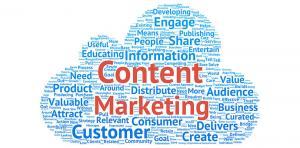 Before you create a single piece of content, make sure that you have a deep understanding of your ideal customer. In modern terms of SEO, there is a huge demand for high-value content or lead generation. No matter what your business model is, content is still king, thus content marketing must be a primary goal. Content is the foundation of your lead generation and leads nurturing efforts. Marketers have come to rely on content to engage prospects and customers in today’s buyer landscape, but to do so, your content must educate, inspire, and beg to be shared. It should help leads to overcome challenges and achieve their aspirations. If you are able to do that, leads will flock to you, and you’ll gain their trust. Know your audience and give them what they need. An effective content marketing strategy helps enforce a strong baseline for lead analysis since every piece of content can be measured. That best practices how-to guide generated 10% of your digital leads for the year? Great—write another one! Your long-form blog on do’s and don’ts was you’re most viewed of the year? Awesome—share it on social media and write a follow-up!
Before you create a single piece of content, make sure that you have a deep understanding of your ideal customer. In modern terms of SEO, there is a huge demand for high-value content or lead generation. No matter what your business model is, content is still king, thus content marketing must be a primary goal. Content is the foundation of your lead generation and leads nurturing efforts. Marketers have come to rely on content to engage prospects and customers in today’s buyer landscape, but to do so, your content must educate, inspire, and beg to be shared. It should help leads to overcome challenges and achieve their aspirations. If you are able to do that, leads will flock to you, and you’ll gain their trust. Know your audience and give them what they need. An effective content marketing strategy helps enforce a strong baseline for lead analysis since every piece of content can be measured. That best practices how-to guide generated 10% of your digital leads for the year? Great—write another one! Your long-form blog on do’s and don’ts was you’re most viewed of the year? Awesome—share it on social media and write a follow-up!
So the first step is to know the need of your target audience. You must be aware of what people a searching these days, what they like to read. How can you appeal through your content? How can you influence them? How can you create the value worth of their time?
A few years back a research revealed that many B2B marketers have documented plans to increase their lead generation budgets by up to 50% the following year. That investment is still on the rise, overall.
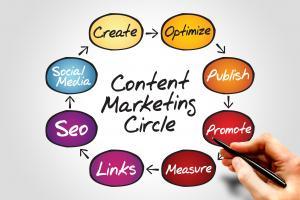 Traffic Generating Content
Traffic Generating Content
Â
Traffic generating content is important for getting eyeballs on your website and growing your audience. You can’t generate leads without traffic.
Here are some of the best types of content for traffic generation. Pick a few from this list to include in your content plan.
Â
Blog posts – This content type is a basic requirement for any content plan. Your blog is like your “hubâ€: all other types of content should drive traffic to your blog.
Social media posts – These posts will help to drive traffic to your blog.
Videos – Don’t forget that YouTube is the second largest search engine. This is a great opportunity to drive organic traffic to your blog for years to come.
Podcasts – You can encourage your guests to share their episode with their audience, and grow your own in the process.
Infographics – You can include these in blog posts to encourage social sharing.
Photos – Depending on your business, photos may be a type of content that you wish to use for growing your audience.
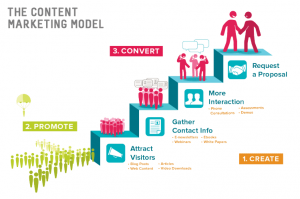 After generating traffic you need to do analyses of the potential leads. It is the filtering process of the traffic. The Lead generating content is content that you package into lead magnets: valuable resources that you give away for free in exchange for someone’s email address.
After generating traffic you need to do analyses of the potential leads. It is the filtering process of the traffic. The Lead generating content is content that you package into lead magnets: valuable resources that you give away for free in exchange for someone’s email address.
You cannot just charge money from your client money from the beginning. You have to win their trust. Lead magnets are non-negotiable for generating leads. People don’t want to give their email address out to just anybody, so you have to give them a good incentive.
Now the question is what you can afford to give away for free?
Useful resources – These can be checklists of tools or lists of resources.
E-Books & Free Reports – these offer something educational.
Webinars – webinars work really well as lead magnets because of their high perceived value.
Discounts & Coupons – Perfect if you have an e-Commerce business. All you have to do is offer a coupon code in exchange for an email address.
Free Trial – If you sell software, you could offer a free trial download or a lite version.
Quizzes – You could offer a free quiz, but for your users to get their results they’ll have to give you their email address.
Mini-Course – This could be a series of emails or a series of videos explaining how to do something.
Free Challenge – If you help people to overcome obstacles or achieve goals, you could offer a free challenge to accomplish one thing over a set period of time.
Now the question arises that what’s the platform?

Organic Platform: Organic Platform doesn’t involve any paid advertising, so they are really great for a low budget. However, you can’t expect to get organic traffic right off the bat. Organic traffic takes a bit of time, or even a few months, to get going.
Let’s have a look at some organic platforms:
- Search engines (Google, Bing, Yahoo, etc.)
- YouTube
- Google Plus+
- Tumblr
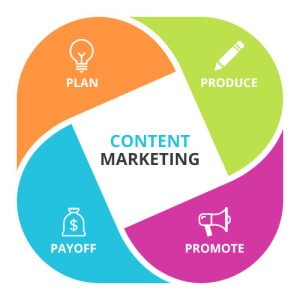 Paid Platform: As the name suggests you have to spend money on this platform. Â You will get traffic a lot quicker than organic platforms. Promotion is lot more-faster in this platform.
Paid Platform: As the name suggests you have to spend money on this platform. Â You will get traffic a lot quicker than organic platforms. Promotion is lot more-faster in this platform.
Here are the main paid distributions platforms that you’ll want to consider.
- Social media ads
- Google AdWords
- Native ads (ads that appear on other platforms)
- Banner Ads
- Content discovery networks (ads for your blog posts that appear in the “around the web†and “recommended stories†sections of large online publications)
I will highly recommend social media ads on Facebook. It is the largest social network in the world. You will get the maximum reach. Facebook is having the maximum number of the user than any other social media. So in order to generate the maximum lead, this will be the best platform.
Map your customer’s needs and curate your content and share it. That’s all it takes to generate potential leads. Be patient and keep yourself updated with the trend.




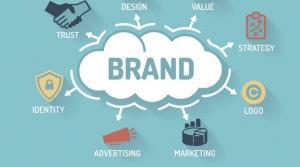
 Let’s explore some Key elements to create a Brand:
Let’s explore some Key elements to create a Brand: The brand elements are the senses of a brand. It helps to define a brand. It consists of the core values that a brand stands for. One great way to improve your customer retention is to reward customers for every purchase. Everyone likes to get something extra without paying more money. Once you start building an audience online, encourage your followers to share brand content on your website and social media. User-generated content, which can be anything from product reviews to unboxing videos, builds your brand’s authenticity and provides social proof. When potential customers see real people using and enjoying your product, their confidence in your brand will increase. This strategy can make your brand popular. Give them referral codes. This will even create more visits to
The brand elements are the senses of a brand. It helps to define a brand. It consists of the core values that a brand stands for. One great way to improve your customer retention is to reward customers for every purchase. Everyone likes to get something extra without paying more money. Once you start building an audience online, encourage your followers to share brand content on your website and social media. User-generated content, which can be anything from product reviews to unboxing videos, builds your brand’s authenticity and provides social proof. When potential customers see real people using and enjoying your product, their confidence in your brand will increase. This strategy can make your brand popular. Give them referral codes. This will even create more visits to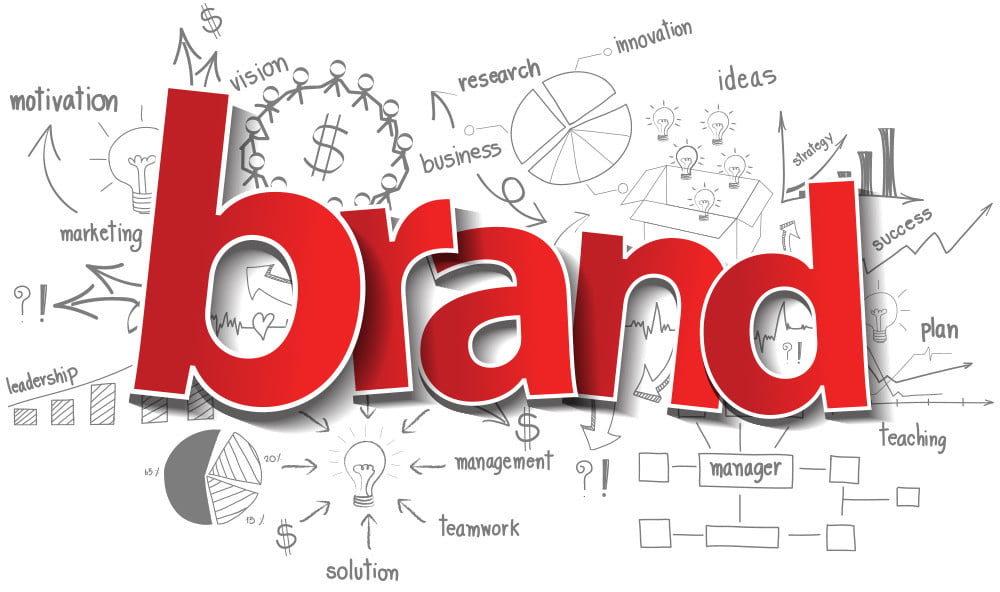
 Your brand strategy defines what you stand for, a promise you make, and the personality you convey. And while it includes your logo, color palette, and slogan, those are only creative elements that convey your brand. Branding allows a business to differentiate its products and services from those of its competitors. It tells them what they can expect from your products and services, and it differentiates your offering from that of your competitors. Your brand is derived from who you are, who you want to be and who people perceive you to be. This is how your brand’s purpose is defined. It plays a vital role.
Your brand strategy defines what you stand for, a promise you make, and the personality you convey. And while it includes your logo, color palette, and slogan, those are only creative elements that convey your brand. Branding allows a business to differentiate its products and services from those of its competitors. It tells them what they can expect from your products and services, and it differentiates your offering from that of your competitors. Your brand is derived from who you are, who you want to be and who people perceive you to be. This is how your brand’s purpose is defined. It plays a vital role. A company’s brand strategy must be based on the goals of the company. Without the brand strategy, the company will eventually fail. Brand strategy is the blueprint that explains who, how, what, and when of how a company plans on communicating their product. The stronger the brand strategy is the higher brand equity that could result.
A company’s brand strategy must be based on the goals of the company. Without the brand strategy, the company will eventually fail. Brand strategy is the blueprint that explains who, how, what, and when of how a company plans on communicating their product. The stronger the brand strategy is the higher brand equity that could result.